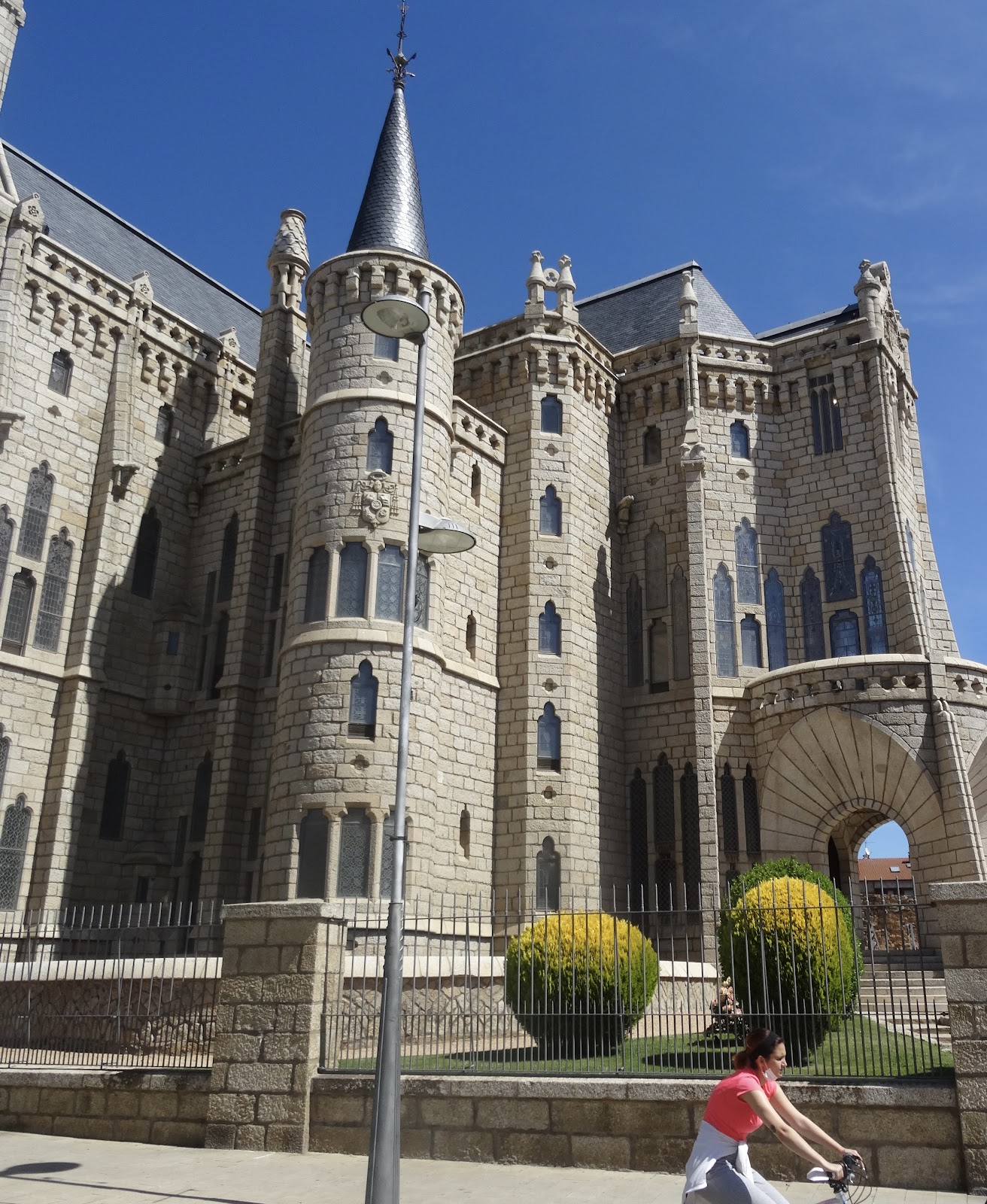Barcelona--We complete our trip today. It has been a fine journey. Odyssey has been an excellent tour company for us. The guides have been very informative at each stop and the entire trip has been flawless.
However, it is time to write the conclusion to the trip. We head to the airport in about an hour and will be home this afternoon. It's a long nine hour flight, but we might get some sleep.
Yesterday, we visited the last of our Gaudí sites, the Casa Milá on the Passeig de Gracia. We had seen it before from the exterior but had never visited the inside. Our guide made sure that we spent time learning about the construction and the design, with a walk around the roof as well as a visit to one of the apartments in the building, now set up as if it were a residence in 1920.
 There are several other architectural buildings along the Passeig, including the Casa Batllo, which has a design that is representative of St. George killing the dragon. Gaudí is also commemorated in the tiles of the sidewalk.
There are several other architectural buildings along the Passeig, including the Casa Batllo, which has a design that is representative of St. George killing the dragon. Gaudí is also commemorated in the tiles of the sidewalk.We finished our trip last night with a farewell banquet at Nurio, a restaurant on the Rambla. Very good paella, good verdejo white wine and fine conversation. We crashed into bed late and are up early for the trip home.


















































